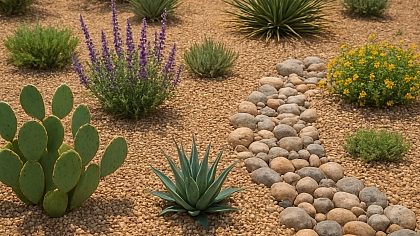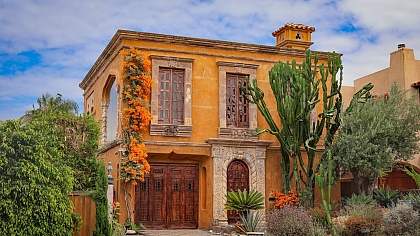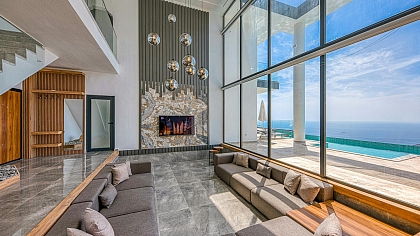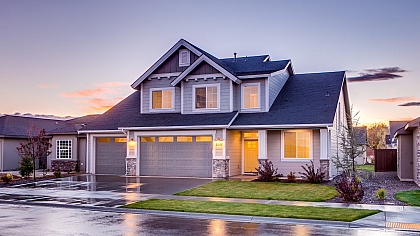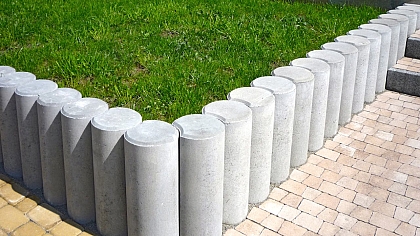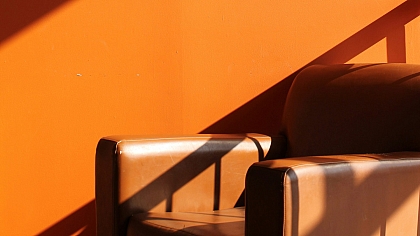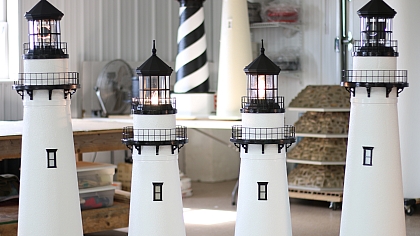
Sustainable Wood Options for Conscious Buyers
Your Complete Guide to Eco-Friendly Timber for Doors, Furniture & More
In an age where sustainability is no longer optional but essential, conscious consumers are rethinking their choices—right down to the materials used in their homes. Wood has long been celebrated for its warmth, versatility, and durability. But not all wood is created equal, especially when it comes to environmental impact.
Whether you're renovating your space or choosing materials for a new build, selecting sustainable wood can significantly reduce your carbon footprint and promote responsible forestry. This guide will walk you through the best sustainable wood options available today, what certifications to look for, and how to ensure you're making the most eco-conscious decisions—without compromising on quality or style.
What Makes Wood Sustainable?
At its core, sustainable wood comes from forests that are responsibly managed to ensure biodiversity, ecological health, and regeneration. But sustainability involves more than just replanting trees. A truly eco-friendly timber considers multiple factors:
- Renewability: How quickly the wood source can be replenished.
- Harvesting Practices: Whether forests are logged selectively or clear-cut.
- Transportation Footprint: How far the wood travels to reach your home.
- Durability: Long-lasting materials reduce the need for frequent replacements.
Sustainable wood also tends to be low in harmful chemicals and finishes, contributing to better indoor air quality. Look for third-party certifications that verify ethical sourcing and forest stewardship—more on that below.
Top Sustainable Wood Options
Not sure where to start? Here are some of the most eco-friendly wood options on the market today. Each has its own characteristics and ideal applications, from doors and flooring to furniture and cabinetry.
Bamboo
Though technically a grass, bamboo performs like a hardwood and is one of the most renewable materials available. It matures in just 3–5 years, compared to decades for traditional hardwoods. It’s exceptionally strong, naturally pest-resistant, and ideal for flooring, paneling, and even furniture. Just be cautious about sourcing—choose bamboo that’s certified and free from formaldehyde glues.
Oak (FSC-Certified)
Oak is a time-tested favorite due to its strength and beautiful grain. When sourced responsibly, particularly from FSC-certified forests, oak becomes an excellent sustainable option. Because of its durability, oak is commonly used in long-lasting products like flooring and quality timber doors, perfect for homeowners seeking both eco-responsibility and aesthetic appeal.

Maple
Maple is often sourced from well-managed forests in North America, making it both accessible and eco-friendly—especially if purchased locally. It’s light in color, fine-grained, and highly durable, making it a smart option for cabinetry, doors, and worktops.
Reclaimed Wood
This is perhaps the most sustainable wood option available. Reclaimed wood repurposes materials from old buildings, barns, and factories, giving them new life. Using reclaimed wood prevents trees from being cut down and adds unique character to each project. No two pieces are alike, making it ideal for statement furniture or rustic doors with a story.
Teak (Reclaimed or Plantation-Grown)
Teak is revered for its natural oils that make it resistant to rot, pests, and weather—ideal for outdoor use. However, wild teak is often linked to illegal logging and deforestation. Always opt for reclaimed or plantation-grown, FSC-certified teak to ensure ethical sourcing. Though more expensive, it's a luxurious and sustainable choice for premium furniture and outdoor installations.
Accoya® (Modified Radiata Pine)
Accoya is a treated softwood that’s been modified to resist rot, swelling, and shrinking—often outperforming traditional hardwoods. It’s FSC-certified and derived from fast-growing radiata pine, making it both sustainable and incredibly durable. It’s a smart option for external joinery, including doors, windows, and siding.
Certifications to Look For
When shopping for sustainable wood, don’t rely solely on marketing terms like “eco-friendly” or “green.” Instead, look for recognized certifications that ensure ethical sourcing and sustainable forest management:
- FSC (Forest Stewardship Council)
Ensures the wood comes from responsibly managed forests with strict environmental and social standards. - PEFC (Programme for the Endorsement of Forest Certification)
A global certification system that promotes sustainable forest management through independent third-party verification. - Cradle to Cradle Certification
Focuses on a product’s full lifecycle—design, production, use, and reuse—to ensure sustainability across the board.
These labels are your best guarantee that the timber you choose supports global conservation efforts and responsible labor practices.
Benefits of Choosing Sustainable Wood
Opting for sustainable wood isn’t just good for the planet—it also brings practical and long-term benefits:
- Environmental Impact: Reduces deforestation, protects ecosystems, and lowers carbon emissions.
- Longevity: Many sustainable wood options are incredibly durable, saving you money over time.
- Indoor Air Quality: Less toxic treatment means healthier indoor spaces, especially important in homes with children or pets.
- Home Value: Eco-conscious materials can increase property value and appeal to green-minded buyers.
Tips for Conscious Buyers
- Ask Questions: Don’t hesitate to ask your supplier about where and how the wood was sourced.
- Check Certifications: Look for FSC, PEFC, or Cradle to Cradle logos and verify their validity.
- Buy Local When Possible: Local sourcing reduces transportation emissions and supports nearby economies.
- Prioritize Durability: A long-lasting wood product is more sustainable than something cheap that needs replacing every few years.
- Avoid Endangered Species: Exotic hardwoods like mahogany or ebony may be beautiful, but can come from threatened forests unless reclaimed.
Choosing sustainable wood is one of the most impactful decisions you can make as a conscious consumer. Whether you’re installing new cabinetry, updating your floors, or shopping for quality timber doors, opting for eco-friendly materials ensures your investment supports a healthier planet and a more ethical industry.
By understanding your options and looking for the right certifications, you don’t have to sacrifice style or durability for sustainability. With so many beautiful, renewable wood choices available today, building a greener home has never been easier—or more rewarding.



